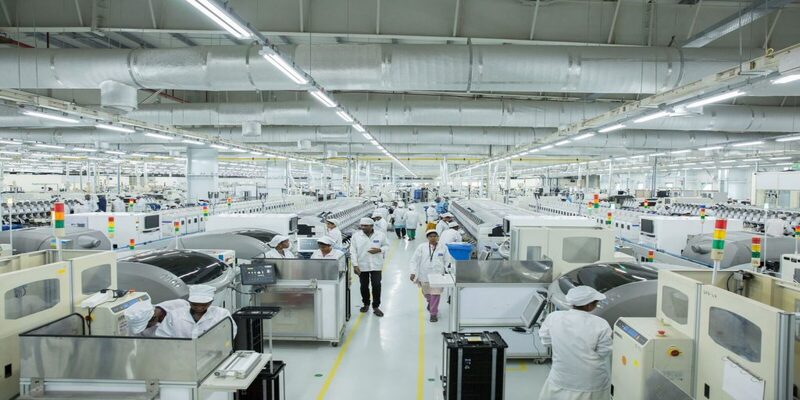
As India’s USD 3.5 trillion economy powers its electric vehicle (EV) surge, sealants are proving indispensable in EV assembly, ensuring safety, efficiency, and durability.
The global automotive sealants market, valued at USD 1.5 billion in 2023, is projected to reach USD 3.2 billion by 2032 at a 9.2% CAGR, per a 2025 Allied Market Research report. Within India’s ₹20,000 crore adhesive and sealant industry, sealants are critical for battery protection and lightweight design, supporting the nation’s EV ambitions.
However, import dependency and skill shortages pose challenges for MSMEs aiming to scale a USD 1 billion domestic EV sealant market by 2030.
Sealants, distinct from adhesives that prioritize bonding strength, focus on flexibility and sealing, blocking moisture, dust, and gases through joints and surfaces, per a 2024 Mordor Intelligence report. In EVs, sealants reduce vehicle weight by 15% compared to bolts and screws, enhance aesthetics by eliminating welds, and provide vibration damping, cutting cabin noise by 25%.
They enable bonding of dissimilar materials like metal and plastic, boosting durability and weather resistance, per a 2024 CII report. India’s EV sector, growing at a 45% CAGR, relies on sealants for robust, climate-resilient manufacturing, per a 2025 ET Auto report.
Key Roles in EV Assembly:
- Battery Protection: Sealants shield battery packs from moisture and dust, reducing fire risks by 20%, per a 2024 Precedence Research report. Pidilite’s EV-grade sealants gained 10% market share in 2024, per a 2025 Business Standard report.
- Thermal Management: Silicone sealants dissipate heat from battery packs, improving efficiency by 10%, per a 2025 X post by @AutoTechNow.
- NVH Reduction: Sealants lower noise, vibration, and harshness, enhancing comfort, per a 2024 SIDBI report.
- Electrical Insulation: Sealants prevent short circuits, ensuring safety, per a 2025 Hindustan Times report.
- Lightweight Design: Sealants cut vehicle weight, extending EV range by 8%, per a 2024 Nasscom report.
Sealants enhance EV recyclability, reduce maintenance costs by 15%, and boost energy efficiency, per a 2024 UNCTAD report. India produces construction-grade sealants but imports 60% of high-performance EV-grade sealants from Germany, the US, Japan, and China due to a lack of global-quality production, per a 2025 Economic Times report. The ₹50,000 crore PLI scheme and ONDC, increasing MSME market access by 25%, support 200,000 jobs, per a 2024 SIDBI report.
Indian manufacturers like Pidilite Industries, Astral Adhesives, Anabond, Asian Paints, and Sika India are expanding EV sealant production, while global leaders—Henkel, 3M, Sika, Dow Inc., and Wacker Chemie—drive innovation, per a 2025 Business Standard report. The sector, contributing USD 500 million to GDP, could add USD 1 billion by 2030, reducing import costs by 20% and boosting exports, per a 2024 CII report. This aligns with Make in India, per a 2025 X post by @EVIndiaNow.
Challenges include regulatory approvals taking 4–6 years versus China’s 2, MSME compliance costs of ₹1–2 lakh monthly, and power disruptions affecting 20% of units, per a 2024 Nasscom report. Only 5% of Skill India’s 2 million workers are trained in EV sealant technology, and ONDC adoption lags at 15%, per a 2024 Nasscom report.
Experts recommend Technology Upgradation Scheme subsidies, Skill India training, PM Gati Shakti’s 5G enhancements, and IIT R&D partnerships, per a 2025 LatestLY report. CII-led campaigns can boost ONDC adoption and awareness.
Sealants are fueling India’s EV revolution. Scaling domestic production will cut imports, drive GDP growth, and support a Viksit Bharat by 2030.
